If Edvard Munch had been a photographer he might have been Per Forsström, a Stockholm-based new wave polaroid photographer whose growing oeuvre evokes the ambiguity of dreams. And like dreams, Forsström’s work is filled with seductive alliances between his skilled eye, Fate, and the richness of the unconscious.
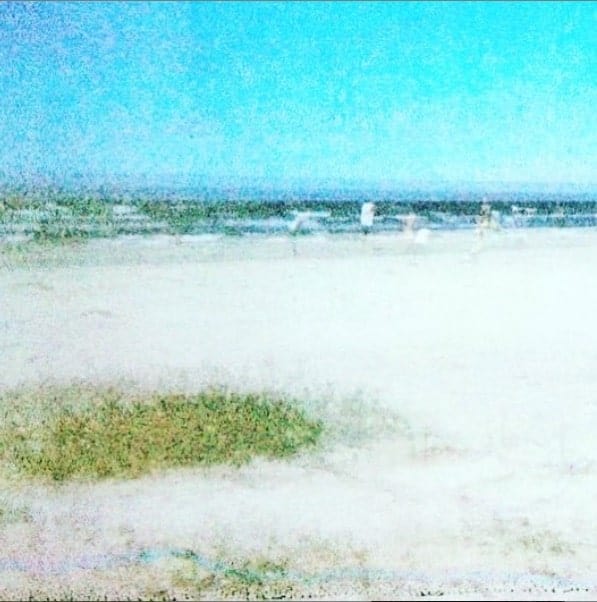
I first saw his work on social media and was instantly hooked on the shimmering light and edginess of memory they seem to contain. The photographs are haunting. Often it’s the framing, the unexpected angles and sensitive composition. Most of these images are bathed in the soft focus and blurred margins of remembered summer afternoons. Certainly the artist’s manipulation of the famously viscous surface of Polaroid emulsion lends his work a fairytale quality. Reality that knows more than we realize.
Yet these are not pretty photographs in any clichéd sense. They are energized as much by the nordic noir of Henning Mankell and Jo Nesbo as they are by the midnight coves of Ingmar Bergman. I immediately felt a bond between the eternal regrets of Bergman’s finest films, Wild Strawberries for example, and the lonely forests Forsström clearly knows so well.
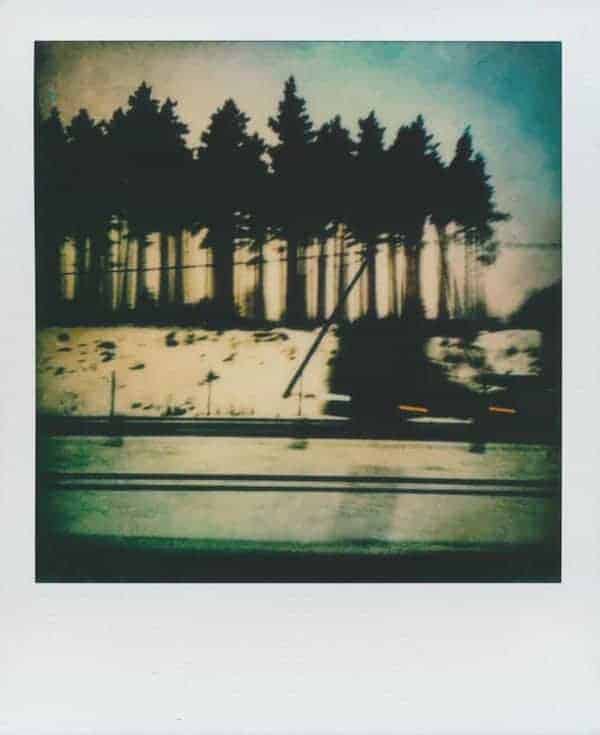
An art teacher in Stockholm, baby boomer Forsström grew up in the old Swedish university town of Lund. He drew, painted, dreamed of being a comic book artist, studied art in the University, and soon became a father. Carpentry, archaeology, taxi driving, he sampled many professions before settling in Stockholm to teach art. In 2013 he bought a camera, a Polaroid 360 with an electronic flash and “became obsessed.” Then he discovered the Impossible Project, an alliance of polaroid devotées with whom he shared a passion for experimental images. “I’m not at all interested in perfection technically speaking. That bores me to death.”
Which is why, in addition to polaroids and the refinements of an old school Hasselblad camera, Forsström works with the fixed focus challenges of the plastic Holga and Diana cameras.
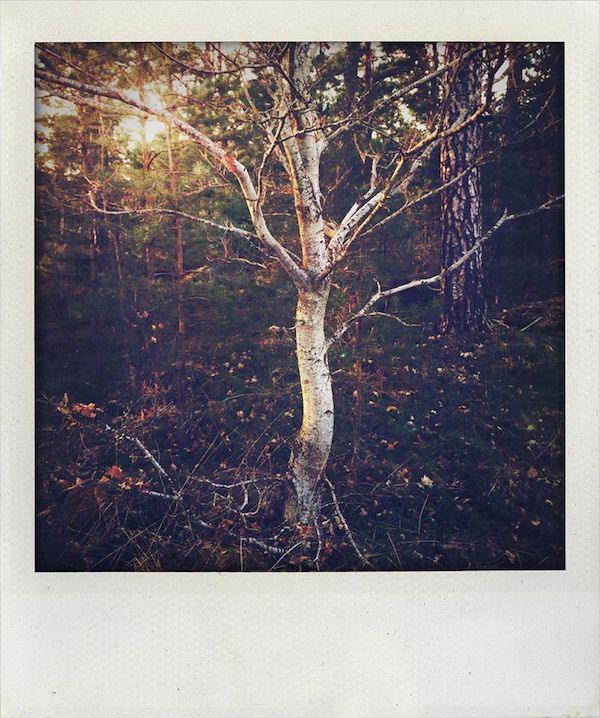
“I just happened to see this beautiful young oak tree as I was walking in the woods at the golden hour. It was something very gracious about it and I wanted to capture this tactile, dreamy almost unearthly graciousness.”
The beach scenes he captures reminded me of the place where I live, on the ocean, albeit one very distant from the Baltic Sea of Forsström’s images. On the beach—his beach, my beach, any beach— we revisit our childhoods, those summer holidays in which we could escape growing up. Where we remained forever young. Carefree, if we were lucky.

“To me the sandy beaches in the south of Sweden are almost unreal in the warm sunny summer days, long stretches of white sand, the stillness, the cold clear water, yes it’s dreamlike. Also the feeling of the blinding sunlight reflected in the water and the white sands, trying to evoke a feeling of all that, a drowsiness. Memories, yes, and you are helpless to them.”

Such a rich and surprising picture. This one felt like a Baroque image, or perhaps a quiet moment in the studio of Velasquez, while he was painting Las Meninas. The smoky chiaroscuro seems to transcend the medium and displays the photographer’s visual instincts, combined with a variety of avant garde printing techniques. So deep are the darkest tones that we feel we can enter the picture plane and inhabit its various secrets and perfumes.
Forsström recalls making this photograph. “This self portrait comes from my love of Caravaggio and the chiaroscuro and of course Rembrandt. I shot this with a Hasselblad 501CM in bulb mode, experimenting with time and movement. I used no flash. I always try to have elements of uncertainty, a kind of disturbing nerve because that’s how I relate to the world.”
Forsström’s most seductive images take a few moments to become recognizable. Some, such as this mysterious faintly tinted picture, never quite reach resolution—much as a darkroom image might elude full disclosure.
But that’s their magic. They defy easy explanation. This one, with its soft focus edges and uncertain subject matter seems to lie just off shore. We can almost pull them in and make sense of them, but not quite. Like the most delicious and maddening dreams, they defy our grasp. And that is their power.
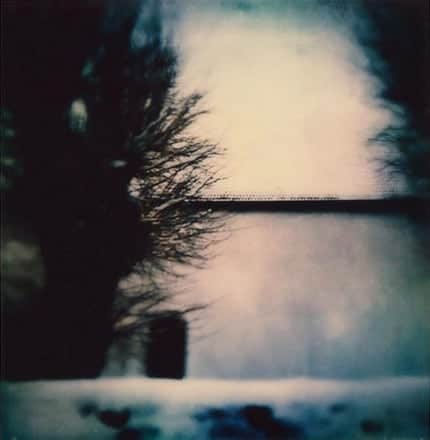
“The church in snow, it’s funny, I was just by chance driving past it. It had this magnetic aura, very old, Täby kyrka built in the 13th century. Inside there’s this famous wall painting by Albertus Pictor where Death plays chess with a poor mortal. This is the painting that inspired Ingmar Bergman in The Seventh Seal.”
This final image, a manipulated and distressed self-portrait, contains all the poetry of Forsström’s best pictures to date. 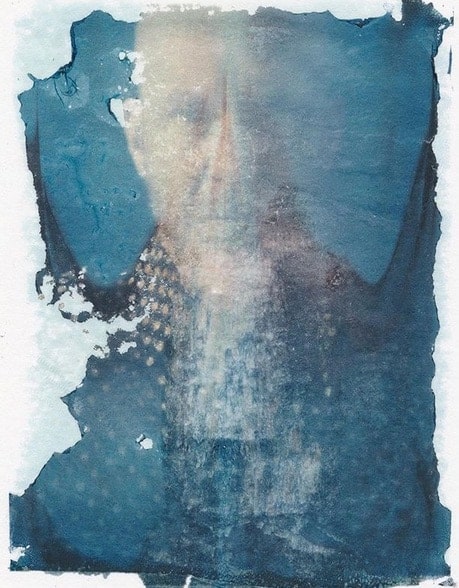
We see the artist, looking back at us, through many layers of dreams? years? memories? Like Alice, he seems to have slipped through the looking glass and now exists within mysteries beyond language. Only the puzzling textures suggest what he has seen. One suspects that the person we see through these layers of ink and chemicals is suspended in another world. Another time.
Per Forsström‘s photographs allow him the luxury of this rare and playful time travel. Perhaps these pieces are invitations to us, to join him.



Superb, what a weblog it is! This web site gives useful data to us, keep it up. Sharona Ives Lee
Very interesting! Beautiful photos!